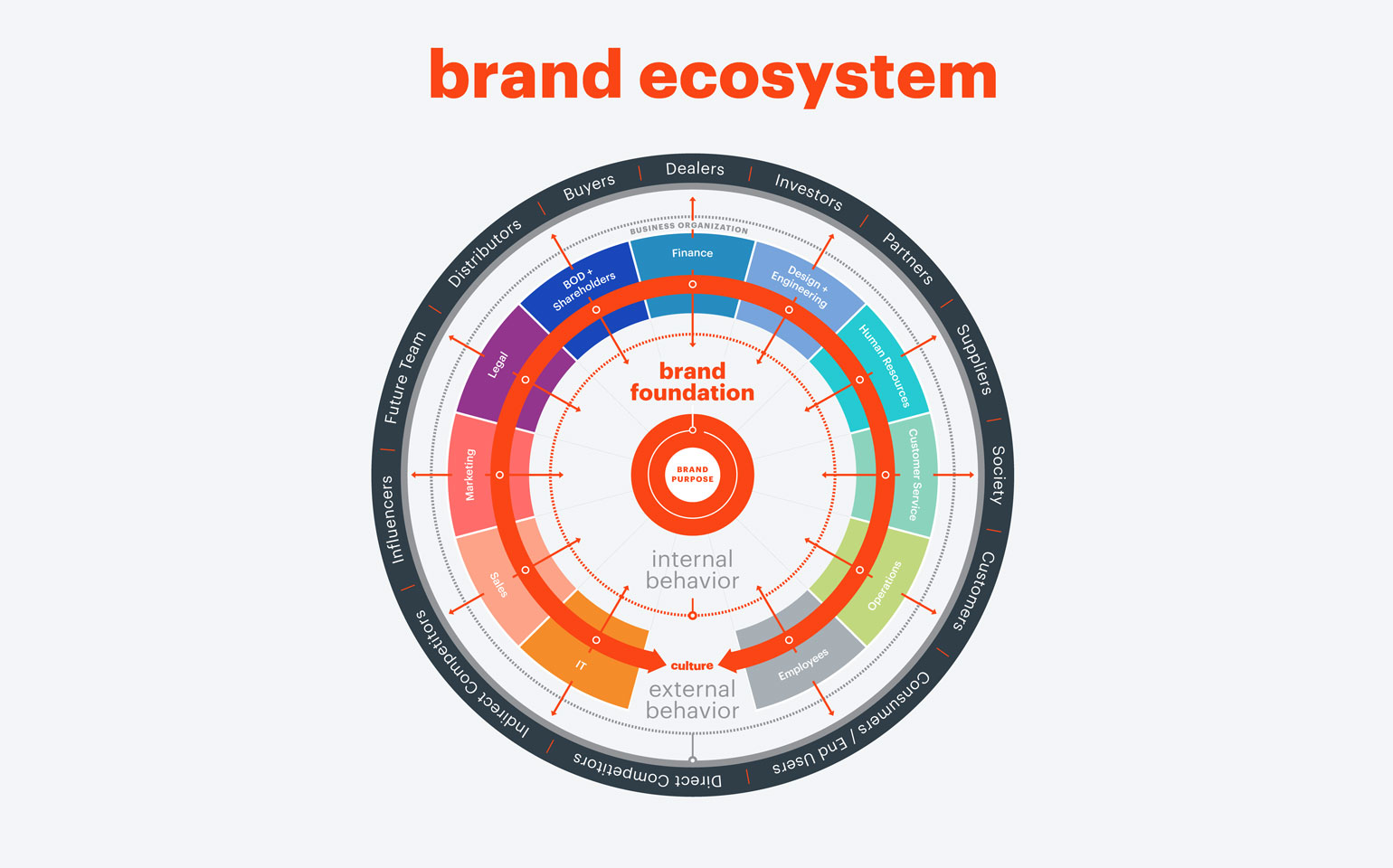
December 15th, 2022
Knowing Your Audience(s)
Reproduced thanks to Brander’s Magazine, from issue #28.
Intentionally designed brand experiences emotively influence the behavior of your target audience.
But how does that happen, and who, exactly, is the audience? Target audiences come in many shapes and sizes. Depending on your brand, they can be dealers, distributors, retailers, customers, consumers, and end users. Not to mention financial partners, vendors, suppliers, government, industry experts and associations, and perhaps most important, your employees. So, with which one should your brand communicate?
All of them.
Building authentic connections with each version of your various publics (target audiences) is imperative for establishing lasting meaning, value, and preference for your brand. To do so, you must be having an intelligent conversation with each one of them in a way that appeals to their senses and is most appropriate, while maintaining your brand’s positioning. And sometimes these conversations can be tough. That’s why audience persona development is so important to the sustainable success of your business. And your brand. It helps shape the conversation and clears the path for the many customer journeys your audiences will make. Persona development will identify what is important about your brand, product, or service to each of your audiences.
I’m not an economist. I don’t have the knowledge to delve into various economic cycles, models, and factors that contribute to market expansion or contraction around your brand. However, I am a brand strategist and practitioner with quite a few years of success building brands for companies. What I do know is that a business’s success is dependent upon its brand satisfying specific customer needs and desires better than the competition. And creating authentic messages that communicate the true pillars of your brand is greatly enriched through developing audience personas. These pillars, or compelling truths, shed light to the authenticity that come from your brand’s purpose.

Every member of your family has a distinctive personality, and you approach them in conversation based on their individualities. It’s no different with your target audiences. Your brand must approach different personas based on their unique set of characteristics. Consider the insights you know about who they are and what they are interested in, then use your authentic voice to empathetically communicate why you exist as a brand.
Understand that your brand is not for everyone. Developing audience personas can help you communicate and have intelligent conversations with audiences that want to have those exchanges. But not with those that don’t. A brand cannot and should not be all things to all people. Part of the authenticity that is your brand is that you’re not the be-all and end-all.
Your brand position should be unique, ownable, and different, and how you communicate to your various audiences must imbue the endearing pillars of your brand. How you communicate with your bank, or your suppliers is different from how you communicate with your consumer. Weighting the brand’s pillars differently when creating your value proposition for each audience will provide these subtle differences in how you communicate. Nevertheless, your brand must stand for and mean the same thing to all of them. Understanding these subtle particulars that are most important to each audience can make the difference between a good brand and a great one.
Developing unique audience personas will help you connect to each target audience with the same authentic communications, while staying true to who you are and why you exist as a brand.